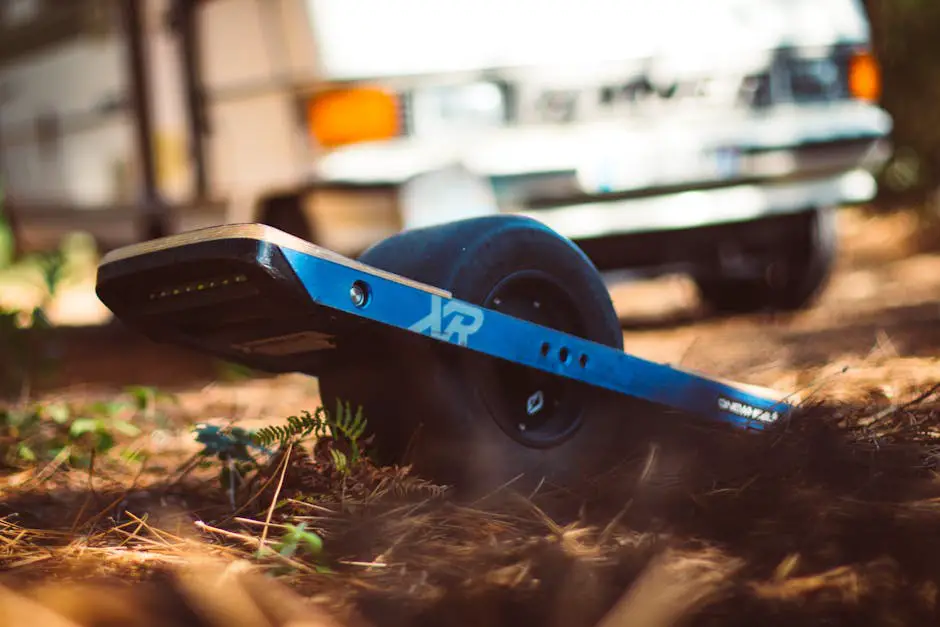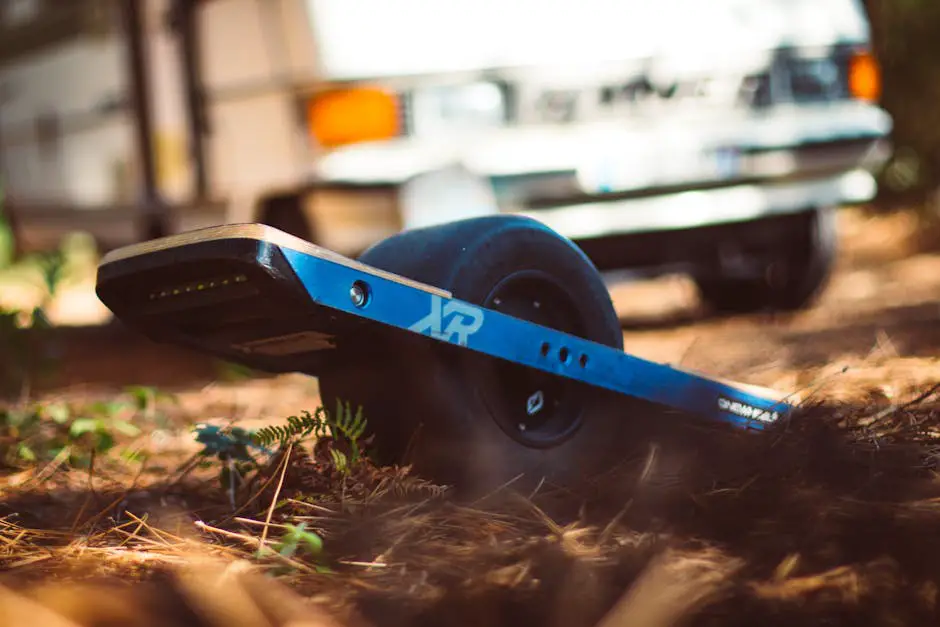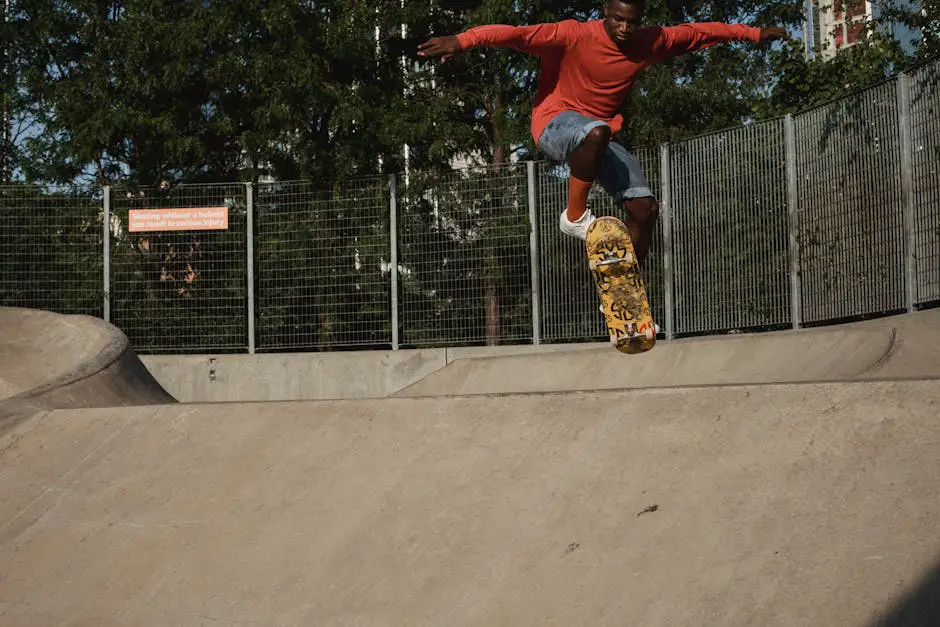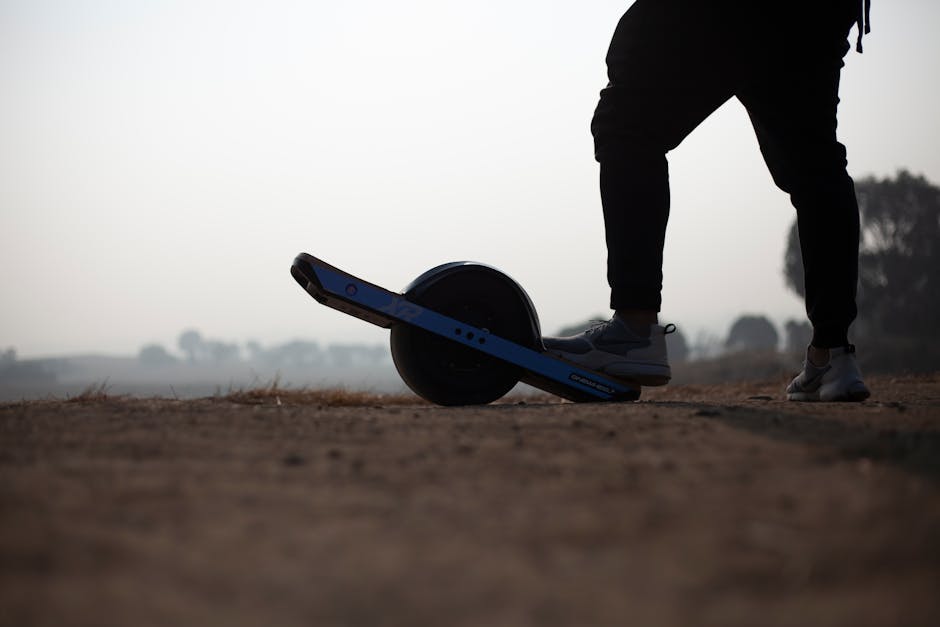Electric skateboards are revolutionizing the way we move and offering a blend of excitement and convenience in personal transport. With various speed modes at the heart of their design, these modern marvels cater to riders of all skill levels, ensuring safety while maximizing enjoyment. This guide takes a closer look at the intricacies of speed modes and their pivotal role in enhancing the electric skateboarding experience.
Understanding Electric Skateboard Speed Modes
Electric Skateboard Speed Modes: Understanding Their Functionality
Electric skateboards, an increasingly popular mode of transportation and leisure, come equipped with various speed settings. These settings, often referred to as speed modes, allow riders to adjust the skateboard’s speed according to their proficiency level and riding conditions. This guide explains what electric skateboard speed modes are and how they operate.
Core Components
At the heart of an electric skateboard are its motor and the electronic speed controller (ESC). The ESC governs the motor’s power output, thereby controlling the skateboard’s speed. Connected to the ESC is the remote control, which riders use to select speed modes and control acceleration and braking.
Speed Modes Explained
Most electric skateboards offer a range of speed modes, typically ranging from two to five settings. These are designed to cater to riders of varying skill levels—from beginners to advanced.
- Beginner Mode: This mode caps the speed at a lower maximum to ensure new riders can maintain control as they learn. It offers a gentle acceleration curve, making it easier to start and stop without abrupt changes in speed.
- Intermediate Mode: A step up from beginner mode, intermediate provides a balance between speed and safety. It allows for faster acceleration and a higher top speed while still restricting the skateboard’s full potential to prevent accidents among less experienced riders.
- Advanced Mode: For experienced riders, advanced mode unlocks the electric skateboard’s full capabilities. It offers rapid acceleration and the maximum possible top speed, suitable for those comfortable with higher-paced riding and who possess the necessary skills to navigate at such speeds safely.
- Eco Mode: Separate from the skill-based settings, eco mode focuses on maximizing battery life. It limits speed and power output to extend the distance the skateboard can travel on a single charge, ideal for long rides or when battery levels are low.
- Custom Mode: Some high-end models allow riders to customize their settings. This can include adjusting acceleration curves, top speed, and braking intensity. Custom mode provides the ultimate personalized riding experience for those who desire precise control over their board’s performance.
How They Work
Switching between modes is typically done via the skateboard’s remote control. By selecting a mode, the rider communicates with the ESC to set the desired speed limit and acceleration curve. The ESC then modulates electrical power to the motor to comply with these parameters, ensuring the skateboard operates at the set performance level.
The change from one mode to another can impact the riding experience significantly. For instance, switching from beginner to advanced mode not only increases the top speed but also makes acceleration more responsive. Riders can feel a noticeable difference in how the skateboard reacts to throttle inputs on the remote.
Summary
Electric skateboard speed modes are a critical feature that enables riders to tailor their riding experience to their skill level and specific needs. From ensuring the safety of beginners to providing thrilling speeds for experts, these modes enhance both the functionality and enjoyment of electric skateboards. By understanding how each mode functions, riders can make informed decisions to get the most out of their electric skateboarding experience.

Impact of Speed Modes on Accident Prevention
Implementing slower speed modes on electric skateboards plays a crucial role in minimizing the risk of accidents. This aspect of skateboard design takes into account various factors, such as the rider’s expertise, environmental conditions, and the immediate need for speed control. By understanding the interconnectedness of slower speed modes and accident prevention, riders and enthusiasts can appreciate the safety measures integrated into these modern mobility devices.
On the surface, slower speed modes directly influence the skateboard’s velocity. By capping the maximum speed, these modes ensure that riders, especially those new to the sport, don’t find themselves going faster than they can handle. This straightforward mechanism of speed limitation is the first line of defense against potential mishaps. Speed, being a critical variable in accidents, has its risks significantly mitigated when managed responsibly through these preset modes.
Moreover, the role of reaction time cannot be overstated. At reduced speeds, riders have a larger window to react to unforeseen obstacles or changes in their path, such as pedestrians unexpectedly stepping onto the pavement, animals darting across the road, or sudden stops. High-speed scenarios compress this reaction time, escalating the chance of collision. Therefore, slower speed modes inherently enhance a rider’s ability to safely navigate through unpredictable environments, making them indispensable for urban commuting.
Additionally, slower speed modes indirectly contribute to safer riding practices by fostering a learning curve. Beginners starting in a low-speed setting have the opportunity to gradually build their skills, understanding the nuances of balancing, steering, and stopping without the added pressure of high velocity. This gradual progression not only enhances safety but also enriches the riding experience, making it more enjoyable and less daunting for newcomers.
Environmental adaptability also comes into play. Conditions such as wet roads, crowded spaces, or uneven terrain call for cautious riding. Slower speed modes are particularly beneficial in these scenarios, allowing riders to adjust their speed according to the surroundings. This adaptability minimizes the risk of accidents by providing a mechanism to modulate speed in real-time, reflecting a thoughtful design consideration that prioritizes rider safety across different environments.
Lastly, the psychological aspect of slower speed modes as a safety feature cannot be ignored. Knowing that the skateboard can automatically regulate speed instills a sense of security and confidence in riders. This psychological comfort is crucial, especially for beginners, as it encourages more frequent use and, consequently, a faster acquisition of riding proficiency. The presence of a safety net in the form of speed regulation thus plays a dual role: it protects physically and reassures mentally, contributing to a safer skateboarding community.
In sum, slower speed modes are a fundamental component in reducing the likelihood of accidents on electric skateboards. Through direct velocity control, extended reaction times, facilitated learning curves, environmental adaptability, and psychological assurance, these modes present a multi-faceted approach to safety. As electric skateboards continue to evolve, the integration of such features remains paramount in ensuring that riders of all levels can enjoy the thrill of skateboarding, underpinned by a strong commitment to accident prevention.

Benefits of Lower Speeds in Dense Urban Areas
Slowing down in urban settings isn’t just about playing it safe; it’s a strategic choice for electric skateboard riders navigating the hustle and bustle of city life. In crowded urban areas, streets aren’t just for cars; they’re shared by pedestrians, cyclists, and, increasingly, electric skateboarders. Each group adds a layer of complexity to urban transit, making slower speeds not just beneficial, but essential for safety and coexistence.
At lower speeds, electric skateboard riders gain a better ability to navigate through tight spaces and avoid accidents. Crowded sidewalks, unexpected obstacles, like potholes, and sudden pedestrian crossings are common in cities. Slower speeds enhance a rider’s maneuverability, making it easier to weave through obstacles that the urban landscape throws their way. It’s this agility that can mean the difference between a smooth ride and a potential collision.
Moreover, slower speeds facilitate a more harmonious relationship between electric skateboarders and pedestrians. In areas packed with people, fast-moving vehicles of any kind can be intimidating and disruptive. By reducing their speed, skateboarders minimize their impact on the flow of foot traffic, contributing to a safer and more comfortable environment for everyone.
Urban settings are also known for their frequent stop-and-go traffic patterns. At slower speeds, electric skateboarders can better anticipate and react to changes in traffic signals and the actions of motorists and cyclists. This synchronization with the pace of urban traffic not only reduces the likelihood of accidents but also helps in conserving the skateboard’s battery life, ensuring a longer, more efficient ride.
Furthermore, navigating urban settings at a controlled pace allows riders to gain a deeper appreciation of their surroundings. Instead of whizzing past the city’s sights, sounds, and scents, slower speeds enable a more immersive experience. Riders can discover hidden gems, from street art to local cafes, enhancing their connection to the cityscape and creating a more enjoyable ride.
In conclusion, the benefits of slower speeds in urban settings extend far beyond safety. They promote a more harmonious coexistence with other city dwellers, improve maneuverability and reaction times, conserve energy, and enrich the urban riding experience. For electric skateboard enthusiasts, mastering the art of slow riding is key to becoming a skilled, respectful, and savvy urban navigator.

Technological Advancements in Speed Mode Control
Electric skateboards continue to evolve, integrating technologies that not only enhance performance but also ensure rider safety and adaptability in various environments. This evolution has seen significant advancements in the materials used for construction, battery technology, and the introduction and refinement of speed modes. These technological advancements are playing a pivotal role in enhancing the effectiveness of speed modes, making electric skateboards more accessible and enjoyable for users across the spectrum of experience levels.
One of the key advancements is the development of more sophisticated electronic speed controllers (ESC). Modern ESCs are not just about managing the basic speed of an electric skateboard; they now come equipped with more nuanced control over acceleration and braking. This allows for smoother transitions between speed modes and more refined control at slower speeds, which is particularly important for beginners or when navigating through dense urban environments.
Battery technology has also seen significant improvements, with the advent of lithium-ion batteries providing electric skateboards with longer life spans and more reliable power supply. This means that the speed modes can be maintained consistently over longer periods and distances, ensuring that the skateboard performs as expected, regardless of the rider’s choice of speed mode. Furthermore, advances in battery management systems (BMS) ensure that the power supply is regulated more efficiently, providing a stable performance that complements the selected speed mode.
The integration of smart technology into electric skateboards has brought about another level of advancement. Many electric skateboards are now equipped with Bluetooth connectivity, allowing them to be paired with smartphone apps. These apps provide riders with the ability to customize their riding experience further, including the ability to fine-tune speed modes. Riders can adjust parameters such as acceleration curves and maximum speeds for each mode, tailoring the skateboard’s behavior to their skill level and the conditions they’re riding in. This level of customization was unthinkable in the early days of electric skateboarding but is now becoming increasingly common.
Moreover, sensor technology is enhancing the functionality of speed modes. Advanced sensors can detect changes in terrain and automatically adjust the skateboard’s speed and riding mode to suit. This means that riders no longer have to manually switch between modes when moving from smooth pavement to a rougher track; the skateboard can sense the change and adjust accordingly, enhancing safety and ride comfort.
The use of lightweight and durable materials in the construction of electric skateboards also contributes to the effectiveness of speed modes. By reducing the overall weight of the skateboard, these materials make it easier for the ESC to manage and maintain speeds according to the selected mode. This leads to a more responsive ride, where the skateboard reacts promptly to the input from the rider, providing a feeling of greater control and security.
In conclusion, the advancements in electronic speed controllers, battery technology, integration of smart technology, sensor innovation, and the use of improved materials are collectively enhancing the effectiveness of speed modes in electric skateboards. These developments are not only making electric skateboards more versatile and enjoyable to ride but are also increasing their safety and accessibility. As technology continues to advance, we can expect electric skateboards to become even more sophisticated, offering riders an unparalleled riding experience that is tailored to their individual needs and preferences.

The exploration of speed modes in electric skateboards reveals a deep commitment to rider safety, efficiency, and personalization. By offering a spectrum of speed settings, electric skateboards not only accommodate different skill levels but also adapt to diverse riding conditions. These advancements underscore a larger trend toward smarter, more adaptable personal transportation solutions. As electric skateboards continue to evolve, they promise a future where travel is not only about reaching a destination but also about how enjoyable and safe the ride can be.

